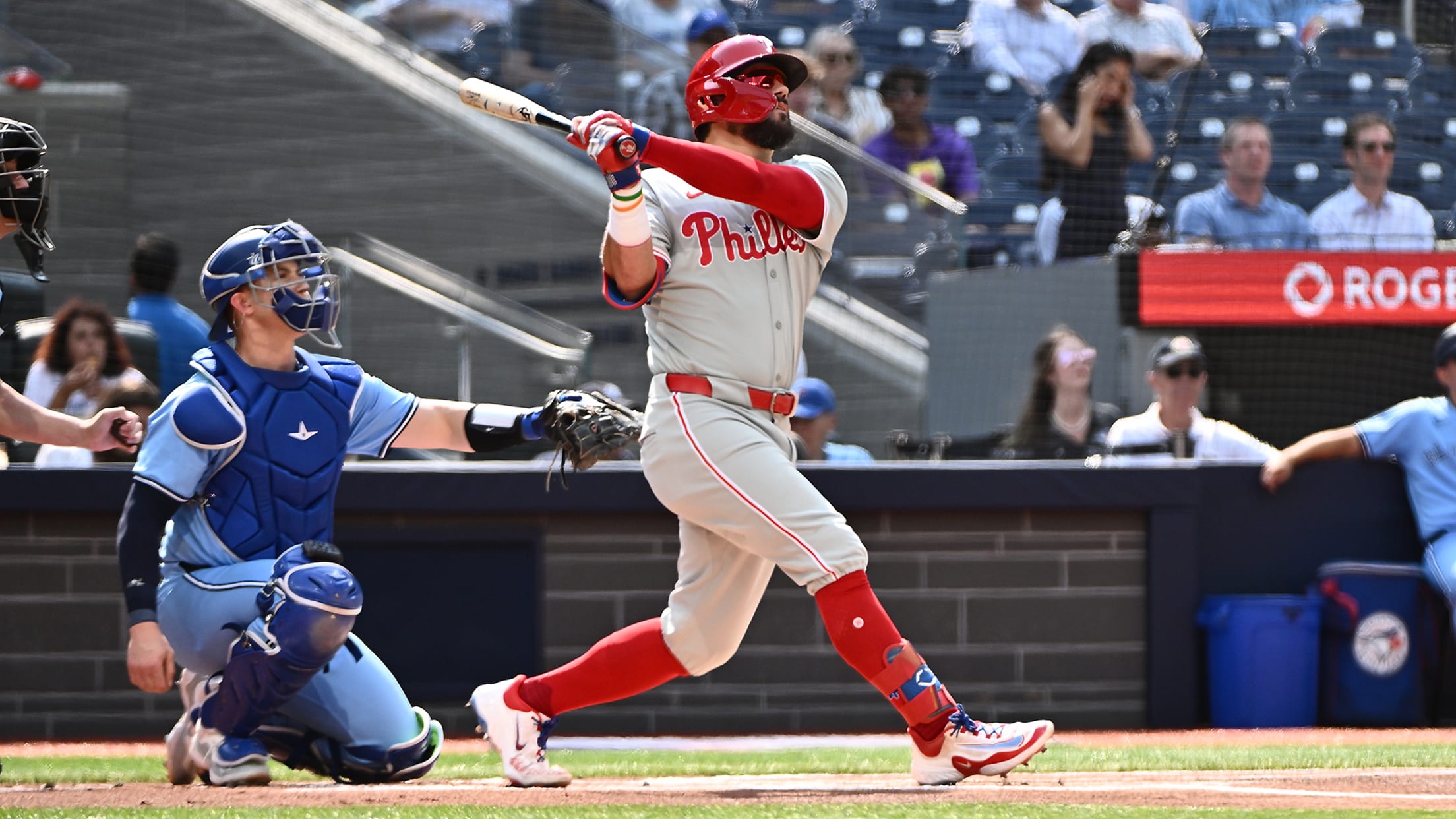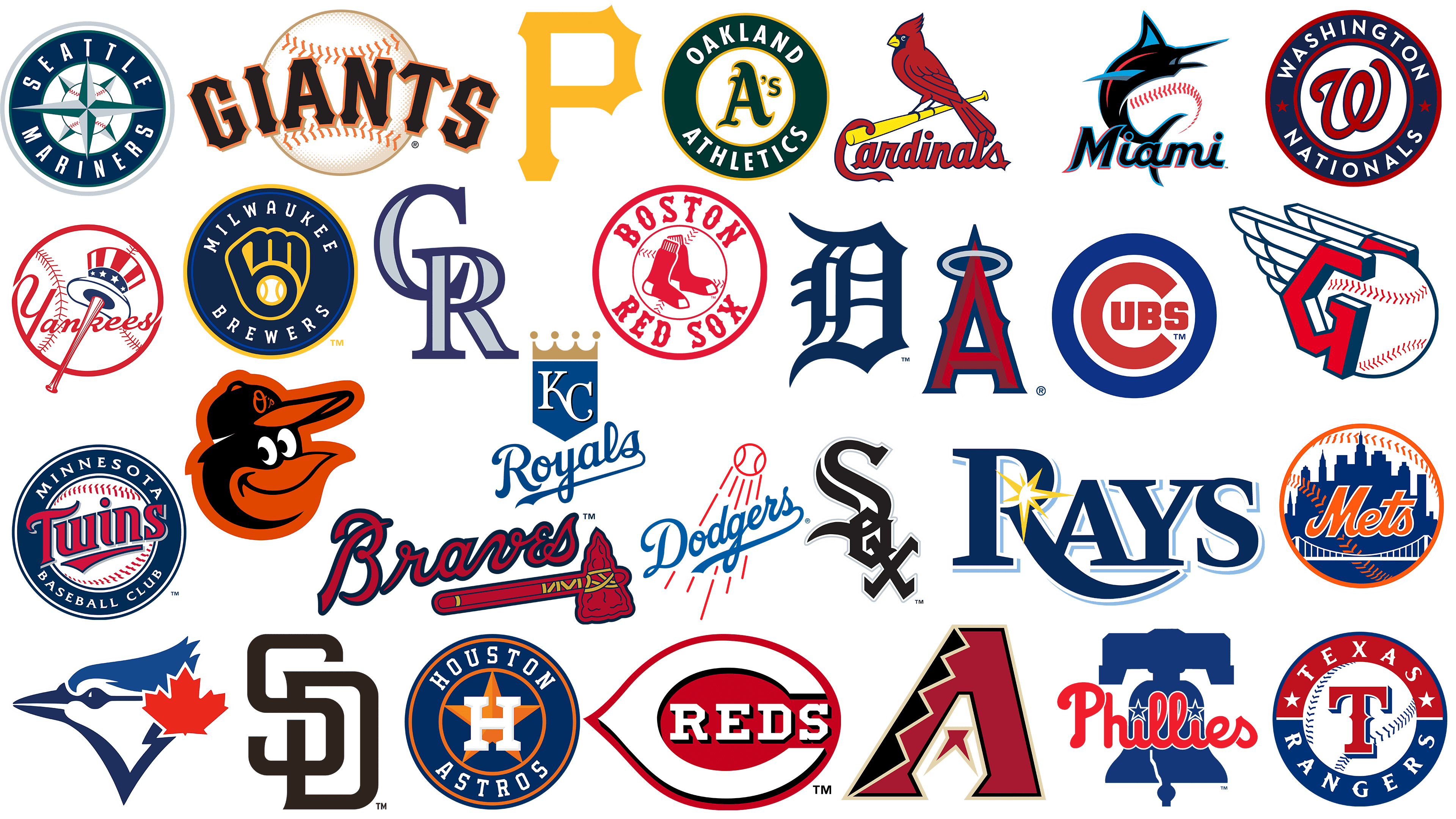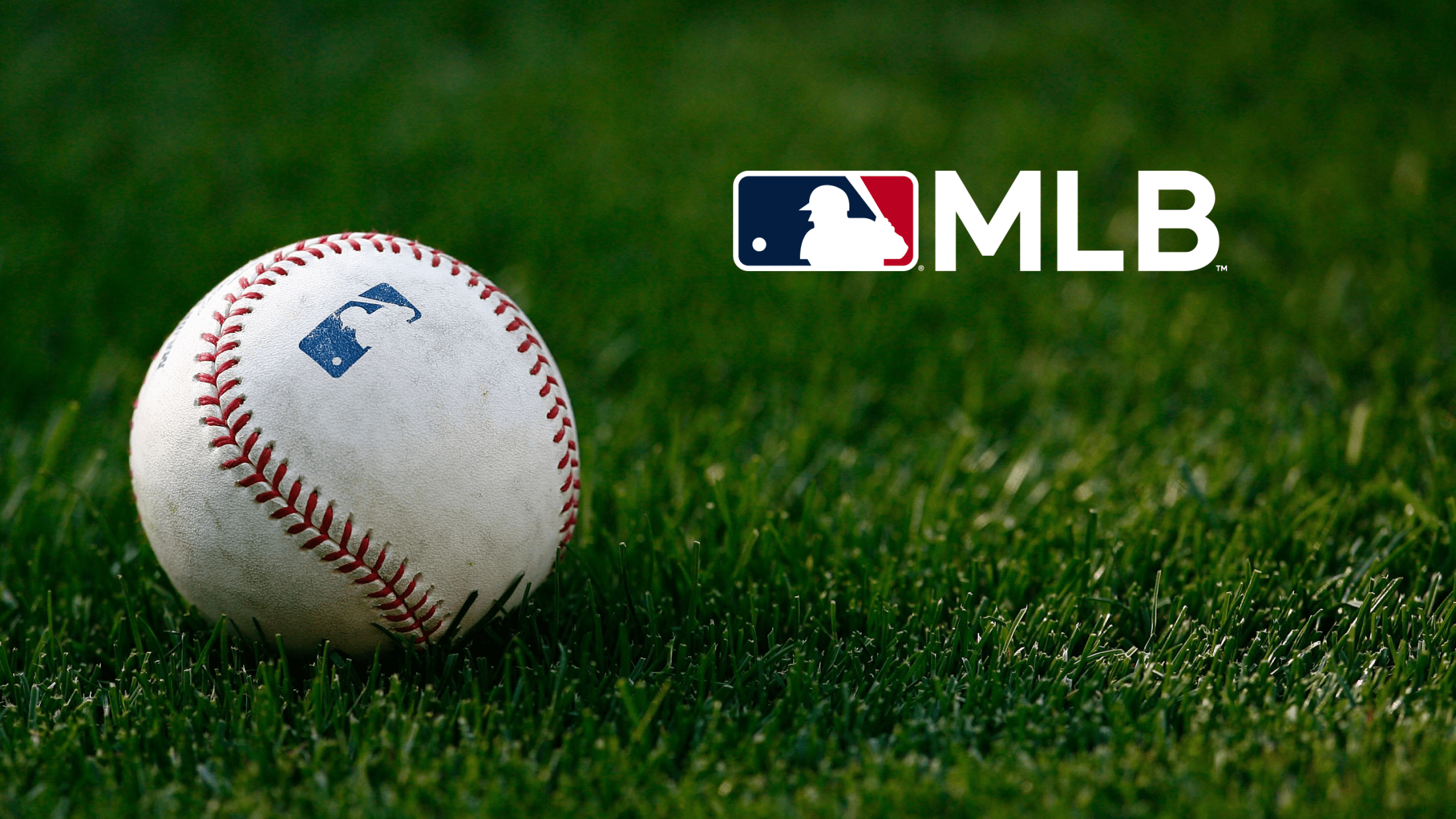The way air moves around a baseball field can, in a very real sense, shape what happens during a game. It's something that, you know, players and coaches often think about, even if fans don't always notice it right away. The conditions above the playing surface, especially how the wind behaves, can make a pretty big difference in how a ball flies, how a pitch breaks, or even where a fielder needs to stand. It's a subtle force, perhaps, but one that absolutely plays a part in the story of any given contest.
When you're watching a baseball game, whether it's live or you're keeping up with scores on a site like ESPN, you're seeing the results of many things coming together. One of those things, quite often, is the air itself. A strong breeze blowing out towards the fence might just help a fly ball become a home run, or, you know, a wind coming in from the outfield could turn a potential long shot into a routine catch. It's a factor that adds a layer of unpredictability, making each play just a little bit more interesting to watch unfold.
You can find all sorts of information about baseball on official spots like mlb.com, or perhaps check out the latest standings on CBS Sports. While these places give you the scores, the news, and the stats, they also indirectly show the impact of elements like the wind. The numbers and outcomes you see are, in some respects, shaped by these natural forces. It's really quite fascinating to consider how something as simple as a current of air can influence the statistics and the overall flow of a professional baseball game, especially when you're looking at things like player stats or even how teams are doing in their divisions.
- Myriam Tadjine Patreon
- Remote Ssh Iot Platform Example
- Maal49 Com
- Securely Connect Remote Iot P2p Raspberry Pi Free
- What Is Xovfullmins Found In
Table of Contents
- How Does Wind Affect MLB Wind Conditions?
- What Makes Wind a Big Deal in Baseball?
- Can We Predict MLB Wind Conditions?
- Why Do Fans Care About MLB Wind Conditions?
How Does Wind Affect MLB Wind Conditions?
The movement of air, particularly its speed and direction, can have a rather direct influence on how baseball is played. When the air is pushing in one direction, say, from home plate out towards the deepest part of the park, it can give a batted ball a little extra push. Conversely, if it's blowing in from the outfield, that same hit might just lose some of its steam, meaning it won't travel as far. This is, you know, a pretty fundamental part of how the game's physics work. Players and coaches are often aware of these subtle shifts, making adjustments to their approach based on what they feel and observe.
A ball hit high into the air, for instance, is especially susceptible to these forces. What might be a routine fly ball on a calm day could turn into a tricky play with a strong crosswind. Or, a ball that seems destined for the seats might, in fact, fall short if the air is working against it. It's just a little bit of an extra element that adds to the challenge for everyone on the field. You can see how these plays unfold by checking out video highlights on sites like ESPN, which often capture these moments where the environment plays a starring role.
Gusts and the Long Ball in mlb wind conditions
When a powerful gust of air is pushing a ball, especially one hit with a lot of force, it can really help it travel a greater distance. This means a ball that might otherwise be a deep fly out could, you know, clear the fence for a home run. Batters are often aware of these situations, and they might even try to hit the ball a bit higher, aiming to take advantage of the favorable currents. It's a subtle strategic point that can change the outcome of an at-bat, and in turn, the score of a game. This is why, when you look at live scores for every 2025 MLB season game on ESPN, you're seeing the results of these kinds of interactions.
- Hsoda 30
- Uncut Web Series Online
- Best Remoteiot Device Platforms
- Best Remote Ssh Iot Over Internet Aws
- Ssh Remoteiot Raspberry Pi Free
Conversely, a strong headwind, one that blows in from the outfield towards home plate, can make hitting a long ball much harder. Even a well-struck ball might seem to hang in the air, losing its forward momentum, and ultimately landing in a fielder's glove rather than beyond the boundary. This can be, you know, a source of frustration for hitters and a bit of a relief for pitchers. It adds an interesting dynamic to the game, where the strength of the hit isn't the only thing determining its fate. The wind, in a way, becomes an invisible defender, or perhaps an extra offensive player, depending on its mood.
Crosswinds and Player Performance in mlb wind conditions
When the air moves across the field, from one side to the other, it creates what we call a crosswind. This kind of air movement can be particularly tricky for both hitters and fielders. For a batter, it might cause a ball hit down the line to curve foul, or perhaps, you know, keep a ball hit towards the gap from staying fair. It demands a different kind of focus and adjustment from the person at the plate. They have to consider not just where they want to hit the ball, but also how the air might push it sideways.
For fielders, especially those out in the grassy areas, a crosswind makes judging a fly ball a much harder task. A ball that looks like it's coming straight to them might, in fact, drift several feet to the left or right. This means they have to adjust their initial path and perhaps, you know, run at an angle to get under the ball. It's a skill that separates the good fielders from the truly exceptional ones, as they have to anticipate and react to an unseen force. You can see how these plays are broken down in video highlights on sites like ESPN, showing just how much skill is involved.
What Makes Wind a Big Deal in Baseball?
The presence of moving air is a big deal in baseball for several reasons, essentially because it alters the predictable path of the ball. Unlike other sports where the ball might stay on the ground or be thrown with more direct force, a baseball spends a lot of time in the air, whether it's a batted ball, a thrown ball, or a pitched ball. This extended airtime gives the wind plenty of opportunity to influence its flight. It’s, you know, a constant, subtle presence that can make even the simplest play a little more complicated.
Think about it: a pitcher throws a ball, and it’s in the air for a moment. A batter hits it, and it might be in the air for several seconds. An outfielder then throws it back to the infield, and again, it’s airborne. Each of these instances provides a chance for the wind to do its work. This means that, pretty much, every part of the game, from the mound to the outfield wall, can be affected. It's why, when you look at player stats on CBS Sports, you're seeing the outcomes of these interactions, even if the wind isn't explicitly listed.
Pitching Puzzles and mlb wind conditions
For someone throwing the ball from the mound, wind can present a unique set of problems. A pitcher relies on the air to help their pitches move in specific ways – a curveball drops, a slider breaks, a fastball cuts. When the wind is blowing, say, against the direction a pitch is supposed to move, it can reduce the effectiveness of that pitch. A fastball might lose some of its zip, or a breaking ball might not break as sharply. This means the pitcher has to adjust their grip, their release, or even their choice of pitch. It’s, you know, a constant battle against an unseen element.
On the other hand, a wind blowing in the same direction as a pitch's natural movement could, in a way, make it even more effective. A pitcher might find their curveball dropping more dramatically or their fastball gaining a little extra speed. This can be an advantage, but it also means the pitcher has to be extra careful not to leave the ball in a spot where a hitter can take full advantage. It’s a delicate balance, and you can see the results of these pitching adjustments when you check out the box scores and play breakdowns on ESPN after a game.
Fielding Challenges and mlb wind conditions
Out in the open spaces of the outfield, where players catch batted balls, wind is a constant consideration. A ball hit high and deep can be pushed significantly by the air, making it incredibly difficult for a fielder to judge where it will land. They have to anticipate not just the initial trajectory of the ball but also how the wind might carry it, sometimes in unexpected directions. This requires a lot of skill and, you know, a keen sense of observation.
Even for infielders, a strong gust can affect pop-ups, causing them to drift away from their expected landing spot. This means players have to be ready to move quickly and adjust their position, sometimes at the last second. It adds an extra layer of difficulty to what might otherwise seem like a straightforward play. The ability to read the wind and react accordingly is, you know, a testament to a fielder's experience and natural talent. You often see these moments captured in video highlights on official sites like mlb.com, showing the quick thinking required.
Can We Predict MLB Wind Conditions?
While we can't control the wind, we can certainly try to anticipate how it might behave. Weather forecasts provide general information about wind speed and direction for a given area, and these can give teams and fans a bit of a heads-up. However, a baseball stadium, with its unique structure and open design, can create its own localized wind patterns. So, what might be true for the general city weather might not be exactly what's happening inside the park. It's, you know, a bit of a localized puzzle.
Teams often have their own ways of observing the conditions on the field before and during a game. They might look at flags, or perhaps, you know, watch how the grass moves, to get a sense of the air currents. This kind of real-time observation helps them make immediate adjustments to their strategy. While you won't find specific wind data on the official standings for major league baseball, the impact of these conditions is certainly reflected in the overall performance of teams and players throughout the regular season.
Tracking Weather for mlb wind conditions
For those who really like to dig into the details, general weather reports offer some insight into what the air might be doing. Before a game, you might check a local weather service to see predictions for wind speed and direction. This can give you a rough idea of whether it's going to be a day where the ball flies or one where it stays in the park. It’s, you know, a common practice for fans who like to consider all the angles.
However, as mentioned, the unique shape of each baseball stadium can influence the air in its own way. Some parks are known for having swirling winds, while others might have a consistent breeze in one direction. This means that while general forecasts are a starting point, the actual conditions on the field can be a bit different. This is why, you know, teams will often pay close attention to what's happening right there, on the ground, to get the most accurate picture of the mlb wind conditions for that particular game.
Why Do Fans Care About MLB Wind Conditions?
Fans, whether they're watching from the stands or following live scores and highlights on ESPN, care about the wind because it adds an extra layer of excitement and unpredictability to the game. It’s one of those natural elements that can suddenly change the course of a play, turning a routine out into a thrilling hit, or vice versa. This means that even a seemingly ordinary game can have moments of real drama, just because of how the air decides to behave. It's, you know, part of the fun of watching baseball.
For those who enjoy fantasy baseball, or perhaps, you know, looking at updated odds for games, understanding the potential impact of wind can be a strategic advantage. A strong wind blowing out could mean more home runs, which is great for your fantasy hitters. A wind blowing in might favor pitchers, leading to lower-scoring games. These considerations become part of the thought process for fans who like to analyze the game beyond just the basic stats. It really adds to the depth of the experience.
The Drama of Variable mlb wind conditions
The changing nature of the air, how it can shift direction or pick up speed during a game, creates a lot of drama. One inning, a ball might fly out easily, and the next, with a slight change in the air, that same hit might be caught. This keeps everyone, from the players to the spectators, on their toes. It’s a constant, subtle challenge that adds to the story of each game. You see this reflected in the latest MLB baseball news and player stats on CBS Sports, where the outcomes are always a mix of skill and circumstance.
When you're watching a crucial play, like a deep fly ball in the late innings, the wind can make all the difference. Will it carry the ball over the fence for a game-winning home run, or will it knock it down just short, leading to a dramatic catch? These are the moments that, you know, make baseball so captivating. The unseen force of the air plays a significant part in these high-stakes situations, making the game even more thrilling to observe. It's a natural element that, in a way, becomes another player on the field, influencing the action in subtle yet profound ways.
So, when you're checking mlb.com for the official standings, or visiting ESPN for live scores and video highlights, remember that the conditions of the air above the field are always playing a part. From the strength of a batted ball to the break of a pitch, and even the path of a fielder trying to make a play, the wind is, you know, a constant, often overlooked, influence. It's part of what makes each game a unique event, adding to the unpredictable and engaging nature of professional baseball. The details of how the game unfolds, the box scores, and the updated odds, are all, in a sense, shaped by these atmospheric elements. It's really quite something to consider how much the air affects the play, from the very first pitch to the last out.
- Who Is Leaving Channel 15
- Ms Sethi Onlyfan
- Best Remoteiot Device Platforms
- Remote Ssh Iot Platform Free
- Free Remote Iot Platform Raspberry Pi


